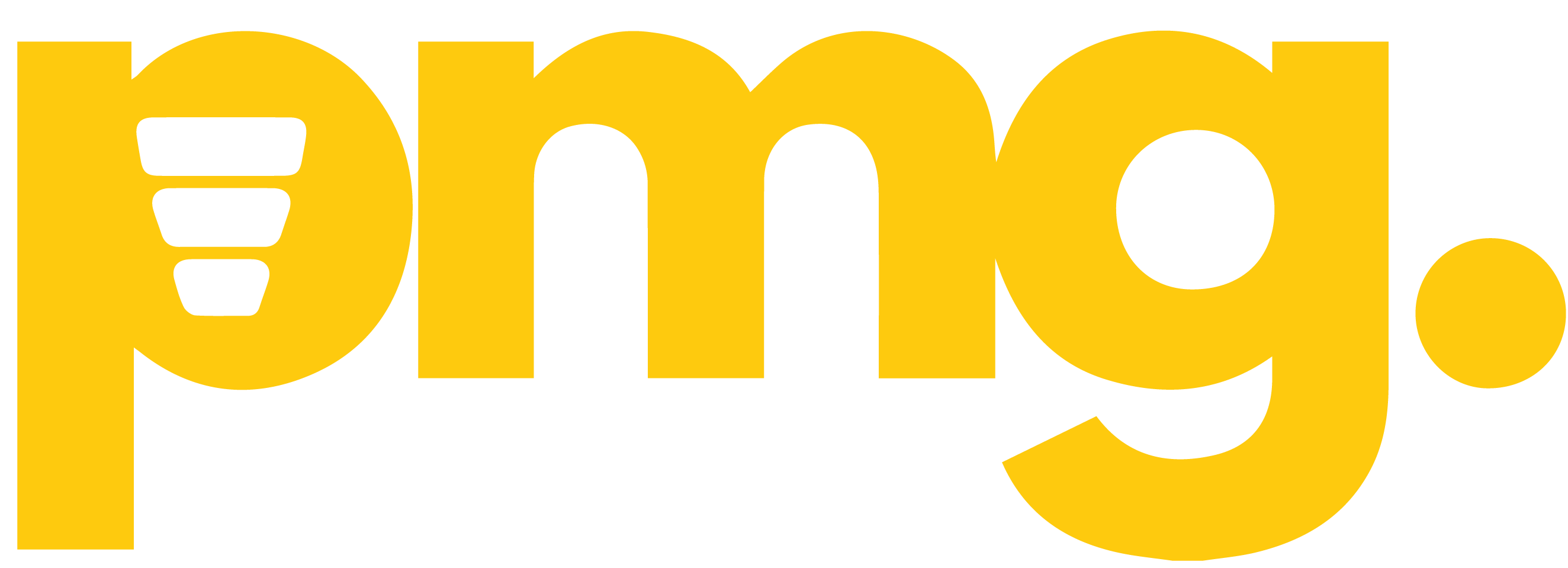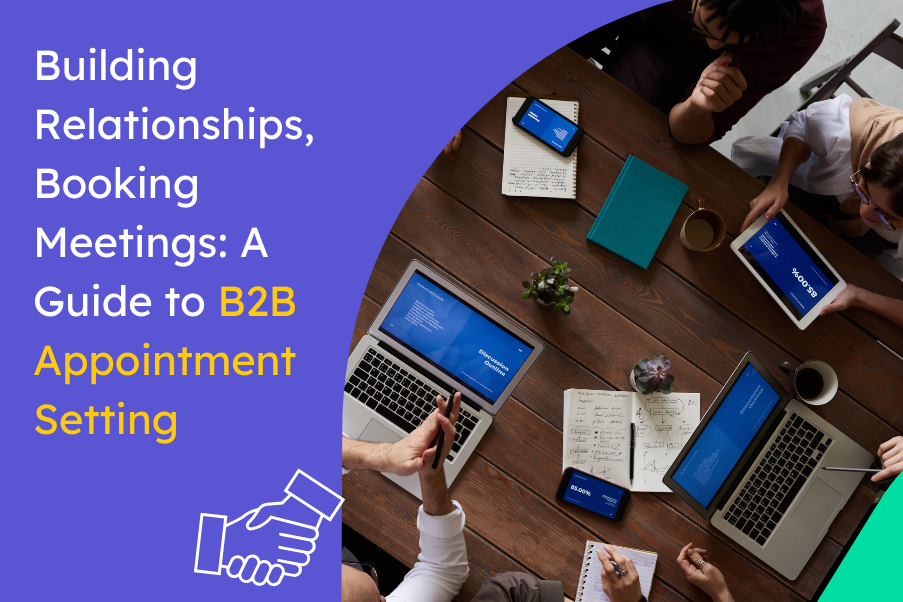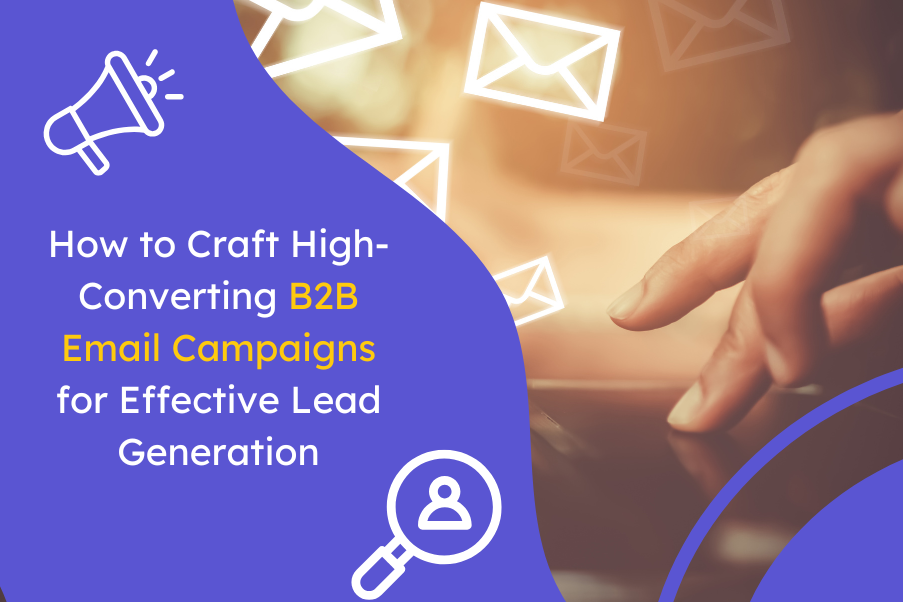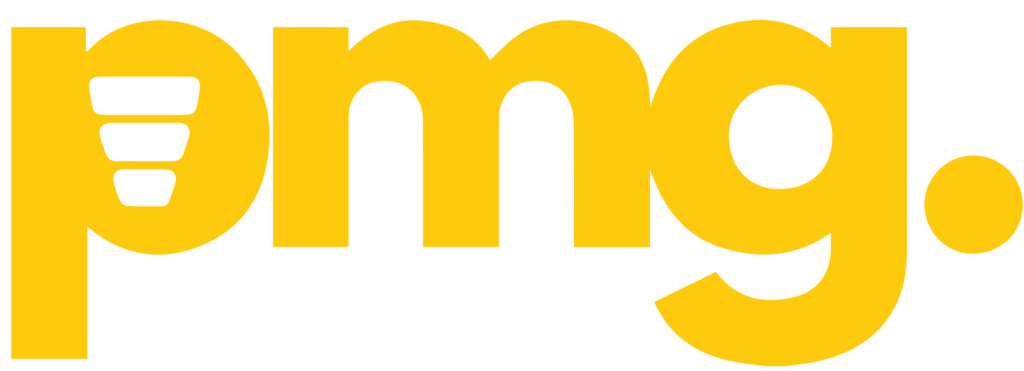B2B appointment setting is more than just securing meetings, it’s about building relationships that drive growth and long-term success. In today’s competitive market, connecting with the right decision-makers can open doors to valuable partnerships and meaningful collaborations. However, true success in this process goes beyond scheduling; it requires fostering relationships that lead to productive discussions and, ultimately, closed deals.
This comprehensive guide delves into the significance of B2B appointment setting, common mistakes to avoid, and best practices to ensure you’re not just booking meetings but also establishing strong professional connections.
H2: What is B2B Appointment Setting?
B2B appointment setting is the process of arranging meetings between businesses to explore potential collaborations, partnerships, and solutions. It serves as a vital step in the lead generation and sales journey, helping businesses connect with qualified prospects, engage them in meaningful discussions, and set the stage for potential deals.
However, successful appointment setting goes beyond merely scheduling meetings. It’s about building rapport, understanding the prospect’s needs, and laying the foundation for strong business relationships. This requires thorough research, personalized outreach, and proactive communication to establish trust and credibility. A well-executed appointment setting service ensures that each meeting is strategically planned, leading to productive discussions and long-term partnerships.
H2: Why is B2B Appointment Setting Crucial for Building Relationships?
B2B appointment setting is crucial for building strong business relationships as it enables businesses to establish meaningful connections with potential partners or clients. By engaging in valuable discussions, companies can better understand prospects’ needs, challenges, and goals. Additionally, focusing on high-potential prospects helps optimize resource allocation, ensuring time and effort are invested in the most promising opportunities. Scheduled meetings also foster trust through direct engagement, allowing businesses to address pain points and build rapport which is the key elements in developing lasting professional relationships.
Beyond the initial meetings, effective appointment setting paves the way for long-term partnerships, leading to ongoing collaborations and repeat business. Personalized interactions during these meetings enhance conversion rates by tailoring solutions to specific needs, resulting in higher-quality leads. Moreover, B2B appointment setting acts as a strategic networking tool, helping businesses connect with key decision-makers, expand into new markets, and diversify their client base.
H2: What does the B2B appointment setting process include?
Successfully setting appointments and fostering strong business relationships requires a structured, strategic process. Each step plays a crucial role in ensuring productive conversations and long-term partnerships.
H3: 1. Pinpoint Your Ideal Prospects
Begin by identifying the right businesses and decision-makers who align with your offerings. Utilize buyer personas, market research, and industry insights to ensure you’re targeting the most relevant prospects. The more precise your targeting, the higher the chances of meaningful engagements.
H3: 2. Qualify Leads to Maximize Impact
Not every lead is a good fit. Assess prospects based on budget, authority, needs, and timing to prioritize those most likely to benefit from your solution. This helps focus your efforts on high-value opportunities and prevents wasted time on unqualified leads.
H3: 3. Make a Strong First Impression
Your initial outreach should be personalized and compelling. Address the prospect’s specific pain points, highlight potential solutions, and demonstrate that you’ve done your homework to make your message resonate. A strong, well-researched introduction sets the tone for a productive conversation.
H3: 4. Foster Meaningful Engagement
Once a prospect expresses interest, take the conversation deeper. Ask thoughtful questions, uncover their challenges, and position yourself as a valuable resource rather than just another salesperson. Genuine engagement builds trust, making the prospect more open to exploring a partnership.
H3: 5. Lock in the Meeting Efficiently
When the time is right, suggest a meeting with a clear agenda. Offer flexible scheduling options to accommodate the prospect’s availability and make it easy for them to commit. Setting expectations upfront ensures both parties see the value in the discussion.
H3: 6. Confirm and Minimize No-Shows
Send a polite confirmation and a reminder 24 hours before the meeting. This ensures both parties are on the same page and helps reduce last-minute cancellations. A quick check-in message also reinforces professionalism and keeps the meeting top of mind.
H3: 7. Come Prepared to Add Value
Before the meeting, research the prospect’s industry, business model, and key challenges. A well-prepared approach allows you to present relevant insights and demonstrate how your solution fits their needs. Walking in with a solid understanding makes your discussion more impactful and credible.
H3: 8. Conduct the Meeting with a Relationship-First Mindset
Approach the conversation as a trusted advisor rather than a salesperson. Listen actively, provide thoughtful recommendations, and ensure the discussion centers around the prospect’s goals. Building rapport during the meeting increases the likelihood of a long-term collaboration.
H3: 9. Follow Up with Purpose
After the meeting, send a follow-up message that recaps key points, expresses appreciation, and outlines clear next steps. Thoughtful follow-ups reinforce your commitment to building a long-term connection. Consistent, well-timed follow-ups can keep the momentum going and turn prospects into loyal clients.
H3: 10. Keep the Relationship Going
Even if an immediate deal doesn’t materialize, nurture the relationship by staying in touch. Share valuable insights, check in periodically, and continue providing value to strengthen the connection over time. Long-term engagement often leads to future business opportunities and referrals.
H2: Best Practices for Successful B2B Appointment Setting
- H3: 1. Customize Your Outreach: Tailor your communication to match the prospect’s industry, challenges, and objectives. A customized approach shows that you understand their business and are genuinely invested in their success, increasing the likelihood of engagement. Personalization helps establish credibility and makes your outreach more compelling, setting the stage for a productive conversation.
- H3: Utilize Smart Technology: Leverage tools like Calendly, Salesforce, Zoom, HubSpot, and Microsoft Teams to automate scheduling, confirmations, and follow-ups. Streamlining these tasks allows you to focus on building meaningful connections rather than managing logistics. Implementing the right technology enhances efficiency, reduces manual workload, and ensures a seamless appointment-setting process.
- H3: Target High-Value Leads: Instead of chasing a high volume of meetings, concentrate on booking appointments with well-qualified prospects. Focusing on high-value leads increases conversion potential and fosters long-term business relationships. Conduct thorough research to identify decision-makers who align with your offerings, ensuring your outreach efforts are more effective. By prioritizing quality over quantity, you can maximize your return on investment and build stronger, more meaningful connections.
- H3: Foster Genuine Connections: Approach meetings with the goal of understanding the prospect’s unique needs rather than simply pushing a sale. Establish yourself as a trusted advisor who provides value, strengthening the foundation for lasting partnerships. Building authentic relationships increases the likelihood of repeat business and valuable referrals in the long run.
- H3: Continuously Improve Your Strategy: Regularly evaluate and refine your appointment-setting approach. Learn from each interaction, adapt to market trends, and adjust your outreach methods to improve engagement and maximize results. Track key performance metrics such as response rates, conversion rates, and meeting outcomes to identify areas for improvement. Experiment with different outreach techniques, messaging styles, and follow-up strategies to optimize your approach over time.
H2: Conclusion
B2B appointment setting is more than a transactional process instead it’s a strategic approach to building meaningful, long-term business relationships. Securing a meeting is just the first step but the real value lies in fostering trust, engaging in insightful discussions, and offering solutions that align with the prospect’s needs. By implementing a structured appointment setting process, personalizing outreach, and leveraging the right tools, businesses can maximize their opportunities and create lasting connections.
The key to success is not just booking meetings but ensuring each interaction paves the way for future collaborations. By prioritizing quality over quantity, continuously refining strategies, and focusing on genuine relationship-building, businesses can enhance their sales pipeline and drive sustainable growth. When done right, appointment setting becomes a powerful tool for turning prospects into partners and conversations into conversions.
Looking to streamline your B2B appointment setting and connect with high-value prospects? Partner with PMGB2B for expert-driven appointment setting services that drive real results. Contact us today to accelerate your sales pipeline and build lasting business relationships!




